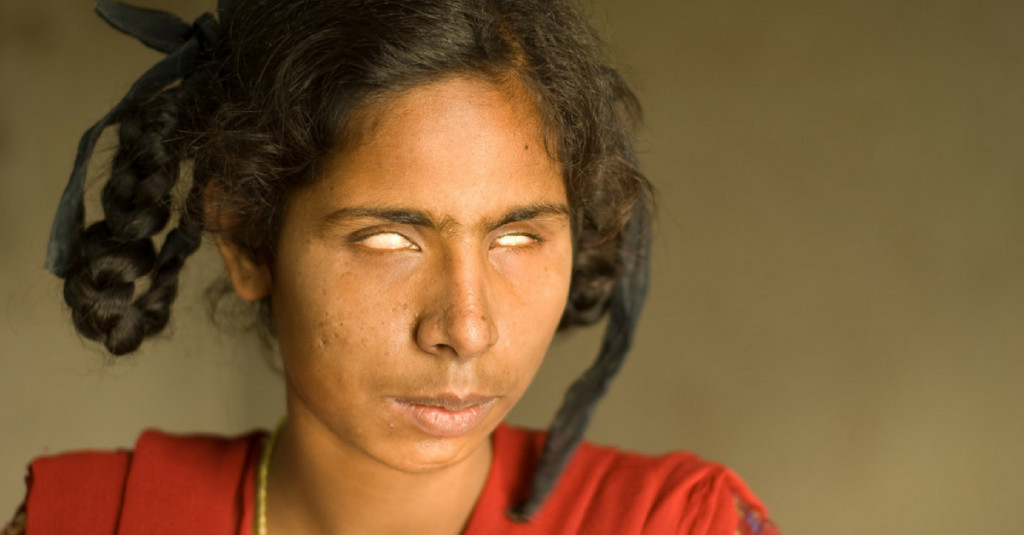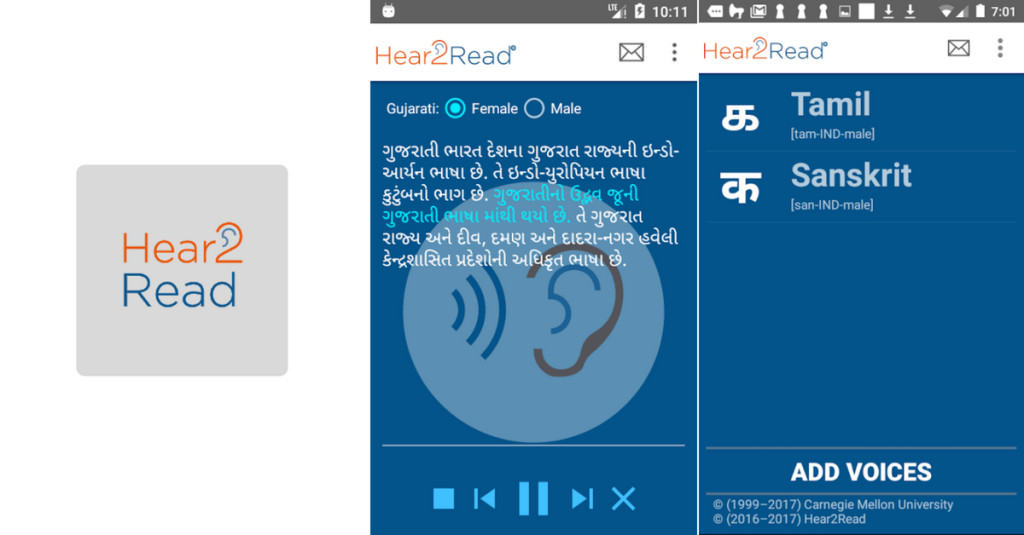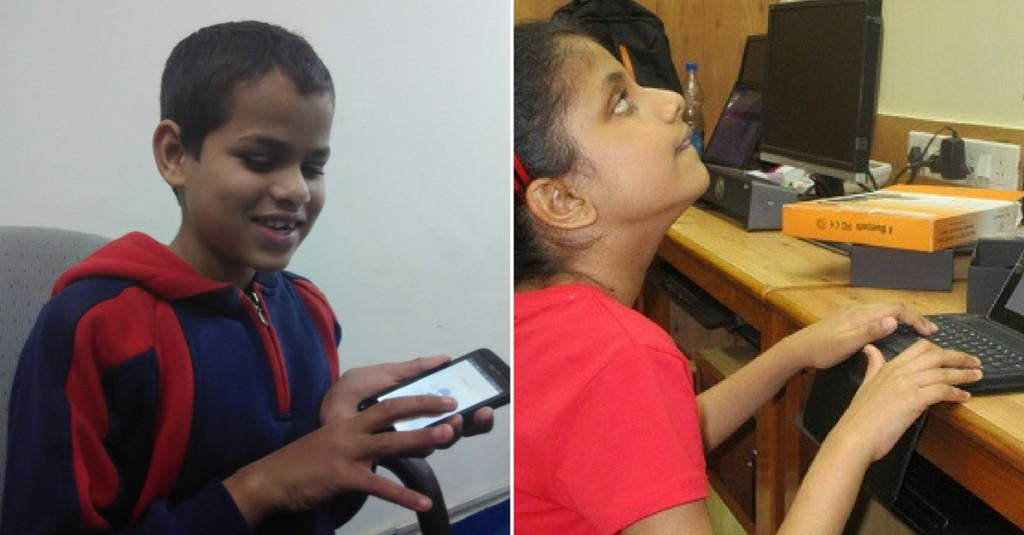Wanting to make the path easier for the visually impaired (VI) people is the non-profit initiative, Hear2Read, which uses Text to Speech (TTS) software that processes visual content into audio.
Have you ever browsed the internet, our most basic need today, while being blindfolded? You would ask, what’s even the use of that? You might think that for a visually impaired person, the crucible of information that is the internet, is too far away from grasp.
Most of the information we consume is based on visual cues. From signboards on the roads to captcha filling on the internet, the world is set around a majority of people who are fully abled.
But when the minority of people, who are visually impaired, range along the lines of the millions, 250 million to be exact, the world seems too hostile for their intelligence.
Wanting to make the path easier for the visually impaired (VI) people is the non-profit initiative, Hear2Read, which uses Text to Speech (TTS) software that processes visual content into audio.
The man behind this empowering initiate is Suresh Bazaj, an entrepreneur who has been working in the telecom industry since 1973 in the USA. The Better India spoke with Suresh to understand the current scenario of visually impaired students in India and how the app is helping such students.
“It’s not that every visually impaired student is exceptional, but they have the same distribution of smart, intelligent people. The problem is the limitations of braille books. While most of the students do receive braille books from institutions and governments, sometimes even for free, the books are either outdated or are not available in regional language plus they do not offer a holistic view of the subject. This puts them way back on the quality scales of education” says Suresh.
And Suresh is right. Only about 10% of blind children in India get any type of formal education. The rest are either too poor or do not have the means to get access to their type of education.
Suresh describes the purpose of the Hear2Read software, saying “The Text-To-Speech software we have developed is a long journey to achieve the goal of bringing quality education to visually impaired people.”
The goal, along with the initiative, was born in 2013 when he had quit his job. Suresh had suffered retinal detachment– which is a disorder in the eye, leading to poor vision and was just regaining his sight.
“Back in Banaras, where we grew up, our family had supported a blind school where I came to know about the inferior quality of education the blind students were receiving,” shares Suresh. He continues, “Most of them came from poor backgrounds where the parent didn’t know how to raise a blind child.”
This learning by Suresh hung on to him, and when he had the chance to do something about it, he put together his skills and knowledge to develop a technology-based solution that will help millions of visually impaired children get an education but also secure jobs.
Suresh partnered with his associate, Alan Black, who was a professor at Carnegie Mellon University’s Language Technologies Institute (LTI) to give life to the idea. With a team of developers and volunteers, the Hear2Read app was designed.
The app could be used by any Android device and is free to download from the Google Play store.
The app is easy to use and talks back to the user, describing the options available. The user can then interact via a soft keyboard (display) or a physical keyboard attached to the tablet and manage to navigate their way into any application or websites.
Here’s a video, where 5th grade Nisha D’souza shows how she uses the app to read books.
Hear2Read Text To Speech Demo from Suresh Bazaj on Vimeo.
“The development of the app itself was a tedious process. We had to make the app consistent so that the user doesn’t misinterpret or misunderstand anything,” recalls Suresh.
The team had to create a word pool for the app with about a million words procured from open source. The project used native speakers to record about 1,000 carefully selected sentences that use the most frequently spoken words for that languages. These recordings are then used by automated machine learning software to build the Text-To-Speech voices.
With all this hard work, it was in 2016 when it paid off, and the team launched a TTS Tamil version, where the app made an impact on Indian students.
Suresh says that the use of the app in a native language such as Tamil can motivate students. He notes, “Our tool gives them the ability and the freedom to consume information in any language they want and in any pace they want.”
The app is now available in Hindi, Marathi, Telugu, Kannada, Bengali, Gujarati and Punjabi, and Suresh is even planning to release it in Assamese and Odiya.
The TTS app, as helpful as it is, is not quite reaching out to the extent that Suresh hoped it would. He says, “The number of people using TTS in India is only about 50,000. And compare that with the actual number of visually impaired people, it is a very small amount.”
Suresh has plans to increase that number and reach more people. He shares, “I’m working with many organisations in India and hope to have a million readers by 2020.”
With braille technology being outdated, too costly and even too cumbersome to produce, TTS is the proper replacement that incorporates easy-to-use software along with longevity.
As of now, the 68-year-old entrepreneur has set his sight on promoting the app so that it is utilised to its full potential. The non-profit, which started off with a $70,000 investment is not only looking for funds but for organisations and NGOs that can accelerate the availability of the app for visually impaired people.
“The impact that I see being made, with students calling me back and saying how much they were benefitted is something that I hold very close to my heart,” Suresh signs off.
You can support his cause by making a donation or volunteering your time/services. Log on to www.hear2read.org.
(Edited by Shruti Singhal)
Article Source: The Better India




